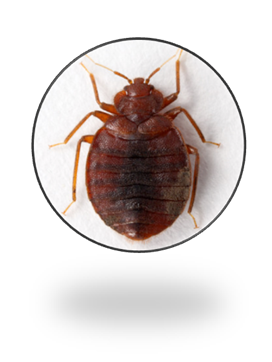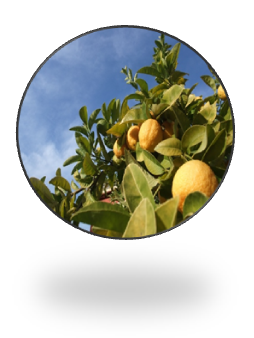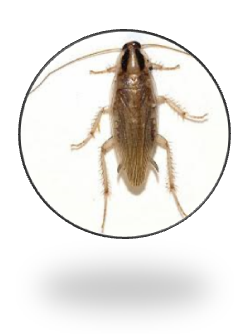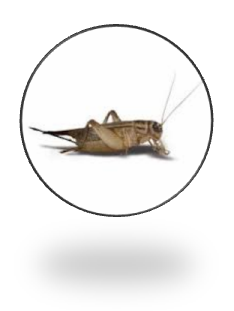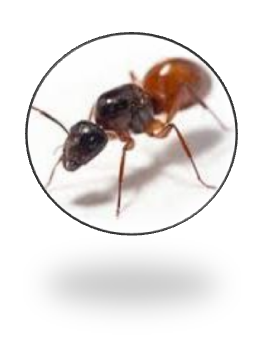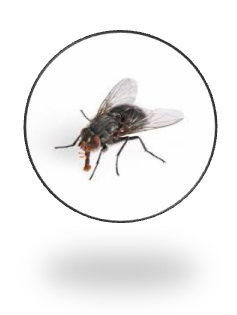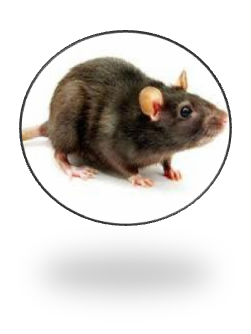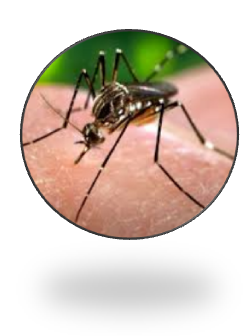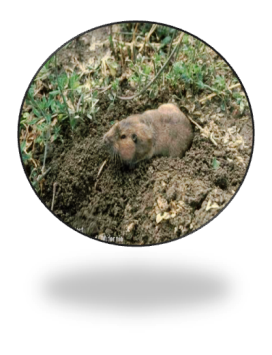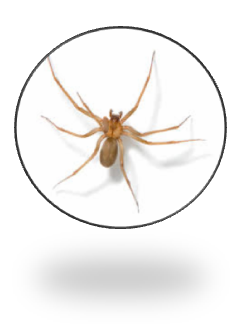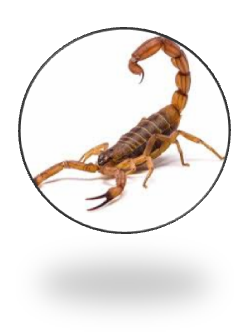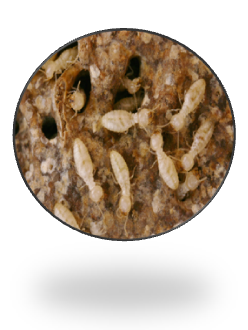Integrated Pest Management (IPM)
Through its cooperative agreement with the U.S. EPA, the Pesticide Control Office has adopted the Integrated Pest Management (IPM) strategy in its approach to educating the Community on resolving pest issues.
This effort has many components centered around education and outreach to assist the Community in managing common pests found within the GRIC through sanitation, the management of waste, the addition of physical barriers and the modification of habitats that attract and/or harbor pests.
Although the PCO does not provide direct pest control services, when the use of pesticides is required, the office supports those that are least harmful to human health and the environment and regulates those Pest Management Businesses, Agricultural Growers and Applicators who apply pesticides within the Community.
For a listing of pest management business currently permitted by the PCO, please contact the PCO at (520) 562-2234.
THE IPM PROCESS
IPM is not a single pest control method but, rather, a series of pest management evaluations, decisions and controls. IPM is a philosophy that uses all possible control methods in a logical combination to minimize risk of pesticide exposure, safeguard the environment, and maximize effectiveness. An IPM program focuses first on environmental management to reduce pest populations by eradicating their harborage, food, and water sources. Pesticide use is minimized. When pesticides must be used, the least harmful chemical for the environment and the people living in it is chosen. Main components of an IPM program include:
Monitoring and Identifying Pests:
Not all insects, weeds, and other living organisms require control. Many organisms are innocuous, and some are even beneficial. IPM programs work to monitor for pests and identify them accurately, so that appropriate control decisions can be made in conjunction with action thresholds.
This monitoring and identification removes the possibility that pesticides will be used when they are not really needed or that the wrong kind of pesticide will be used.
Setting Action Thresholds:
Before taking any pest control action, IPM dictates first setting an action threshold, a point at which pest populations or environmental conditions indicate that pest control action must be taken. Sighting a single pest does not always mean control is needed. The level at which pests will either become an economic threat or a public or personal health threat is critical to guide future pest control decisions. For example: one ant in your home may not elicit much of a response if any, however one bark scorpion may.
Prevention:
As a first line of pest control, IPM programs work to manage the indoor space, lawn, or crop to prevent pests from becoming a threat. In a residential setting, this may mean taking out the trash more regularly, keeping weeds and grasses further back from your home, bringing in or sealing pet dishes overnight, adding a door sweep to your exterior doors, or changing the grade of the land adjacent to your home to ensure runoff water drains away from your home and not towards it. These control methods can be very effective, cost-efficient, and present little to no risk to people or the environment.
Control:
Once monitoring, identification, and action thresholds indicate that pest control is required, and preventive methods are no longer effective or available, IPM programs then evaluate the proper control method both for effectiveness and risk. Effective, less risky pest controls are chosen first, including highly targeted chemicals, such as pheromones to disrupt pest mating, or mechanical control, such as trapping or weeding.
If further monitoring, identifications and action thresholds indicate that less risky controls are not working, then additional pest control methods would be employed, such as targeted spraying of pesticides. Broadcast spraying of non-specific pesticides are a last resort.
Evaluation:
Regular follow-up to determine whether treatments are successful and what should be done next. Evaluation is one of the most critical components of an IPM plan.
IPM GUIDANCE FOR SPECIFIC ENVIRONMENTS
UNIVERSITY OF ARIZONA COOPERATIVE EXTENSION RESOURCES
Urban Integrated Pest Management
Public Health IPM in Community Environments Webpage
Sources:
United States Environmental Protection Agency
Centers for Disease Control and Prevention

